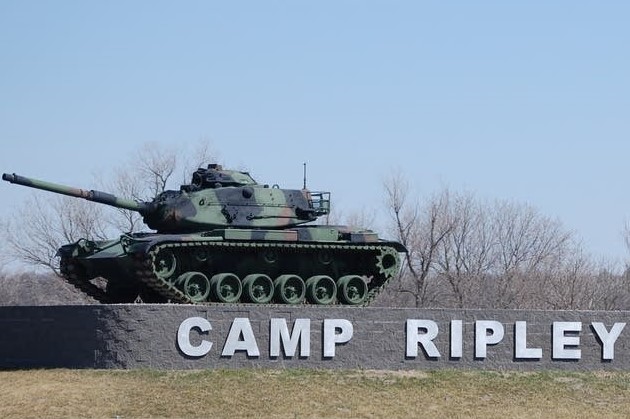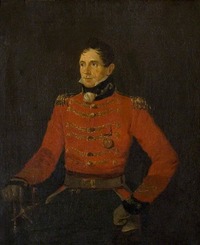On May 27, 1813, American forces led by Commodore Oliver Hazard Perry, Colonel Winfield Scott and Major General Henry Dearborn, launched an amphibious assault on Fort George, commanded by British Brigadier-General John Vincent. Launched from Fort Niagara on the opposite…
Comments closedTag: fort
The foundation of urban Toronto was a military lead endeavor that began when John Graves Simcoe gave the order to have a garrison built in what would become known as Fort York in 1793. In the early years of…
Comments closedCarleton Island’s fort was built during the American Revolution, and while it should have been given to the Americans afterwards according to Jay’s Treaty, it remained in British control until 1812. Then, at the outbreak of war, a Revolutionary War…
Comments closedPhoto Courtesy Parks Canada Shown above is the partially restored Fort Malden, currently the location of the Fort Malden National Historic Site Museum. On the right is the restored estate house, which was built after the Fort’s closing in the…
Comments closedModern civilization had to have come from somewhere. In Michigan’s case, modern civilization started with the French exploring New France. From there it evolved into forts and trading posts scattered throughout the state. Although there were many forts much bigger…
Comments closedCamp Ripley: Past and Present Camp Ripley located in Little Falls, Minnesota, currently services as a National Guard post and training location for the Minnesota State Patrol, National Guard, Minnesota Wing of the Civil Air Patrol, Minnesota DNR and many…
Comments closedFort Michilimackinac played a pivotal role in the Northwestern fur trading industry from its founding in 1715, up to its abandonment in 1783 . Originally built by the French, Fort Michilimackinac originally came to be as a supply depot…
Comments closedDecommissioned U.S. military forts are usually repurposed as museums or monuments for the public to see. Fort Brady, however, had an entirely different purpose after the U.S. Army was finished with it following World War II. The former fort served…
Comments closedOn the shores where two Great Lakes, Michigan and Huron, meet, Frenchmen Constant Le Marchand de Lignery built a wooden fort in 1715. It was named after the Native American name for the area, Michilimackinac. Michilimackinac’s meaning is somewhat contested,…
Comments closedBritish Control of Fort Mackinac during the War of 1812, led largely by Robert McDouall, was one of the biggest successes the British had during the War of 1812. Not only did they capture the fort with ease at the…
Comments closed

